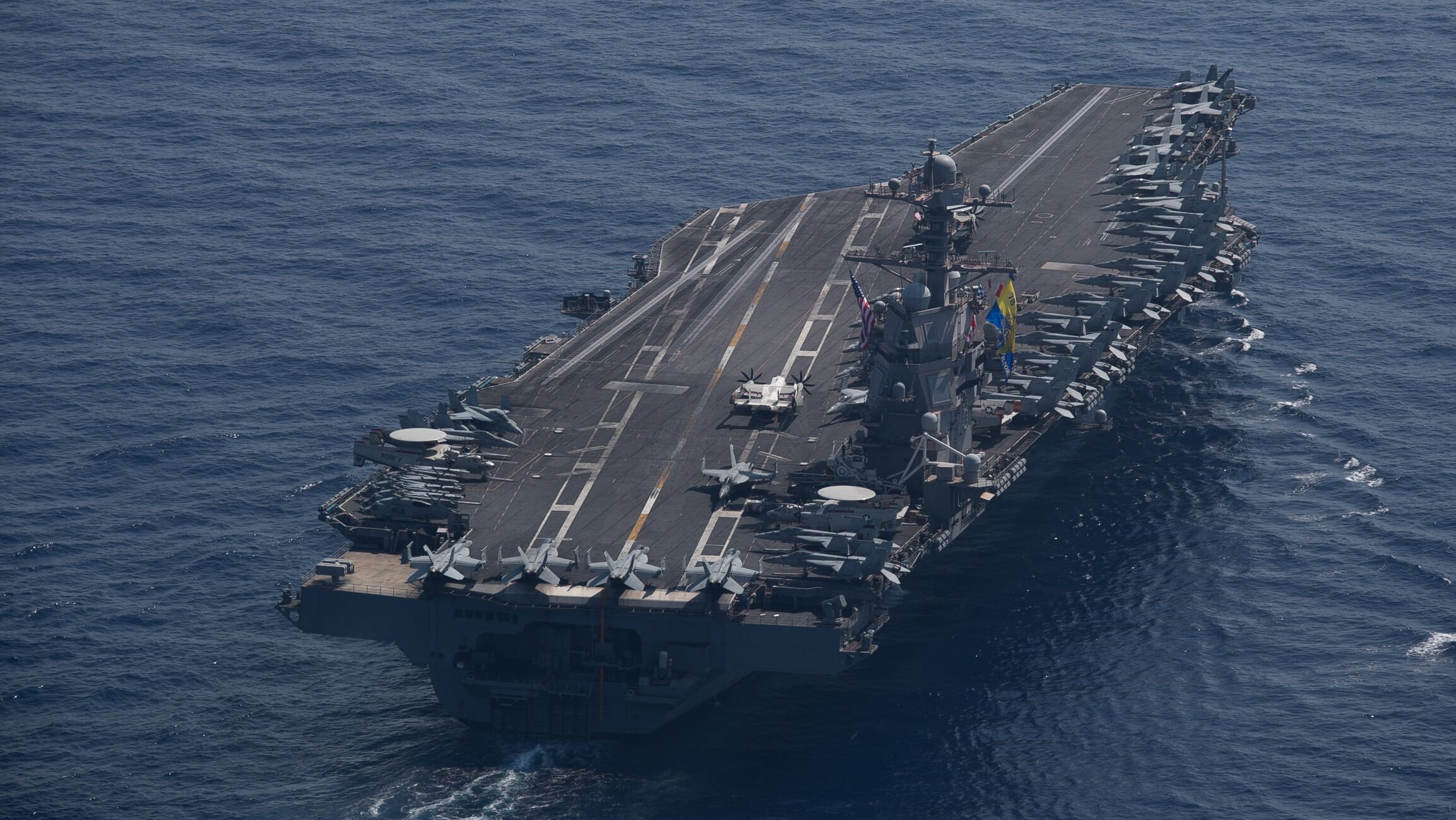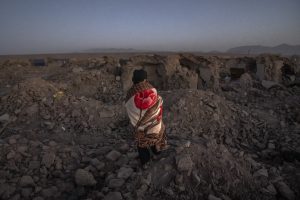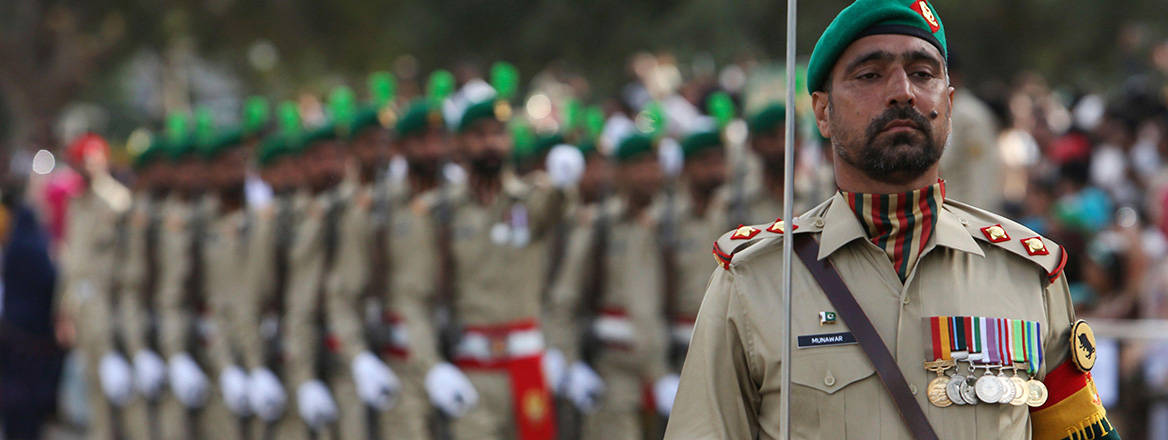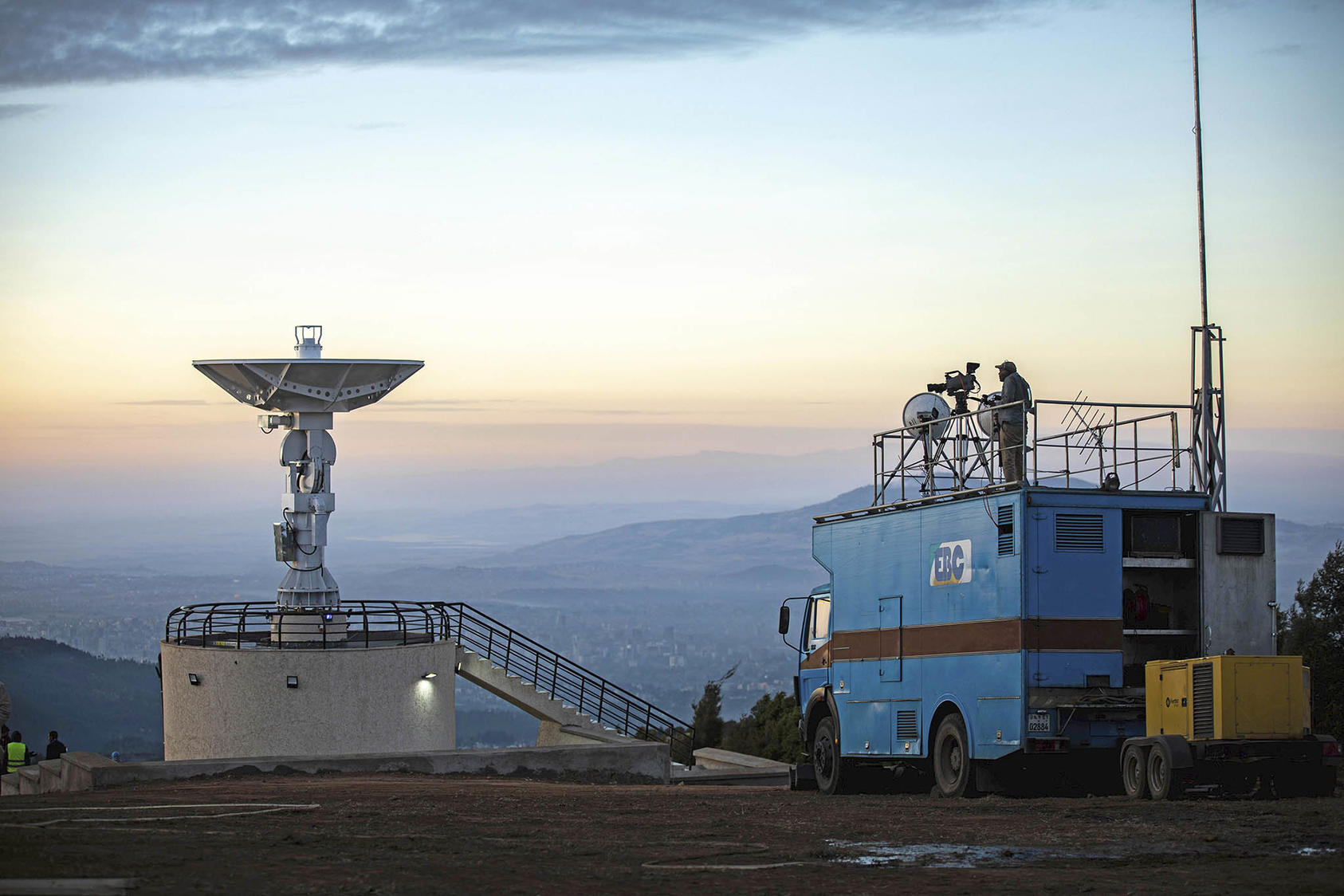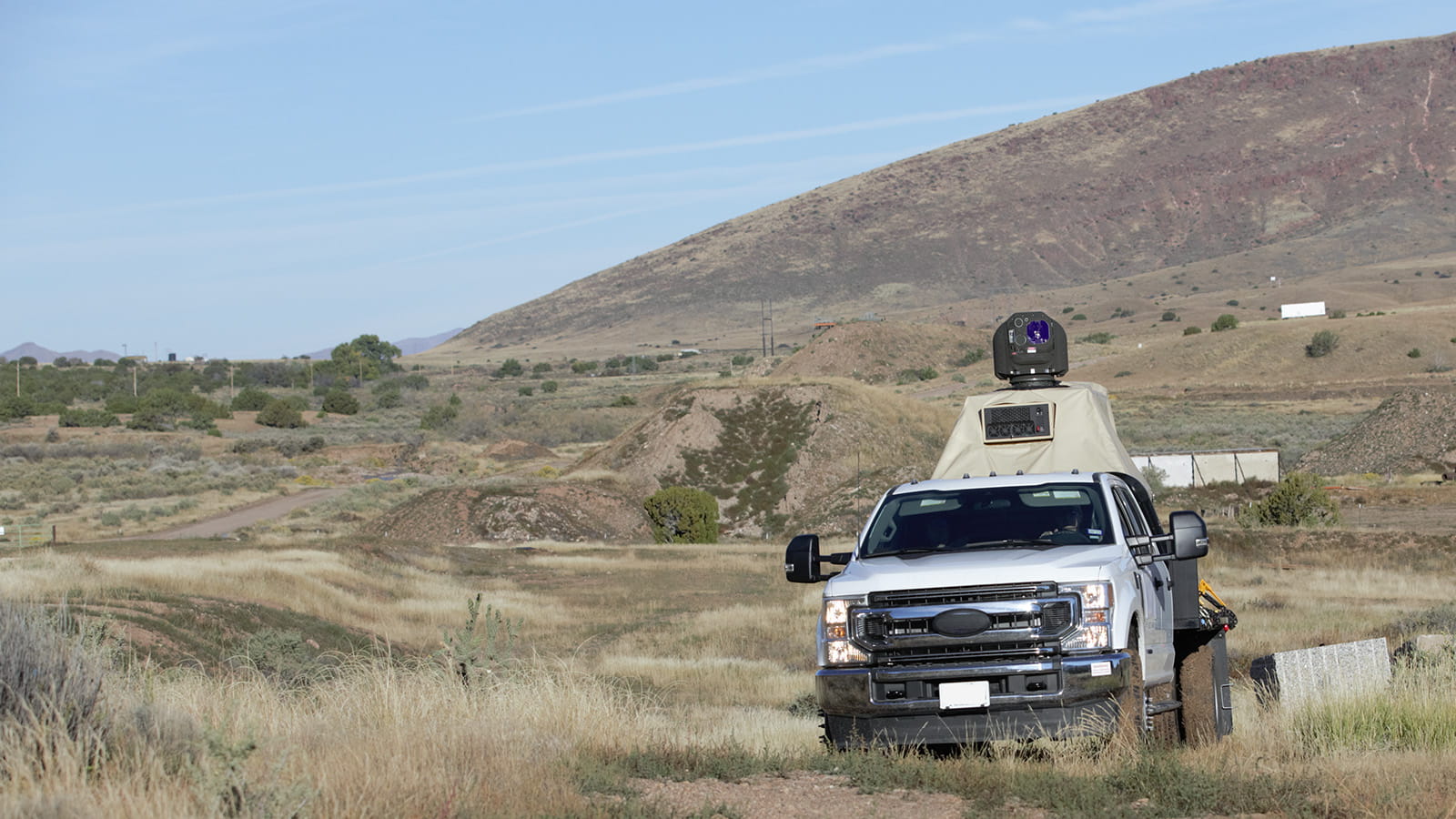Tara Copp
:quality(70)/cloudfront-us-east-1.images.arcpublishing.com/archetype/GDSAC2YAGRBWBHJV4JTDENYHUU.jpg)
Defense Secretary Lloyd Austin said Sunday he has ordered the Ford carrier strike group to sail to the Eastern Mediterranean to be ready to assist Israel after the surprise attack by Hamas that has left more than 1,000 dead and thousands wounded on both sides. Americans were reported to be among those killed and missing.
The USS Gerald R. Ford the Navy’s newest and most advanced aircraft carrier, and its approximately 5,000 sailors and deck of warplanes will be accompanied by cruisers and destroyers in a show of force that is meant to be ready to respond to anything, from possibly interdicting additional weapons from reaching Hamas and conducting surveillance.
The large deployment, which also includes a host of ships and warplanes, underscores the concern that the United States has in trying to deter the conflict from growing. The Israeli government formally declared war Sunday and gave the green light for “significant military steps” to retaliate against Hamas.

